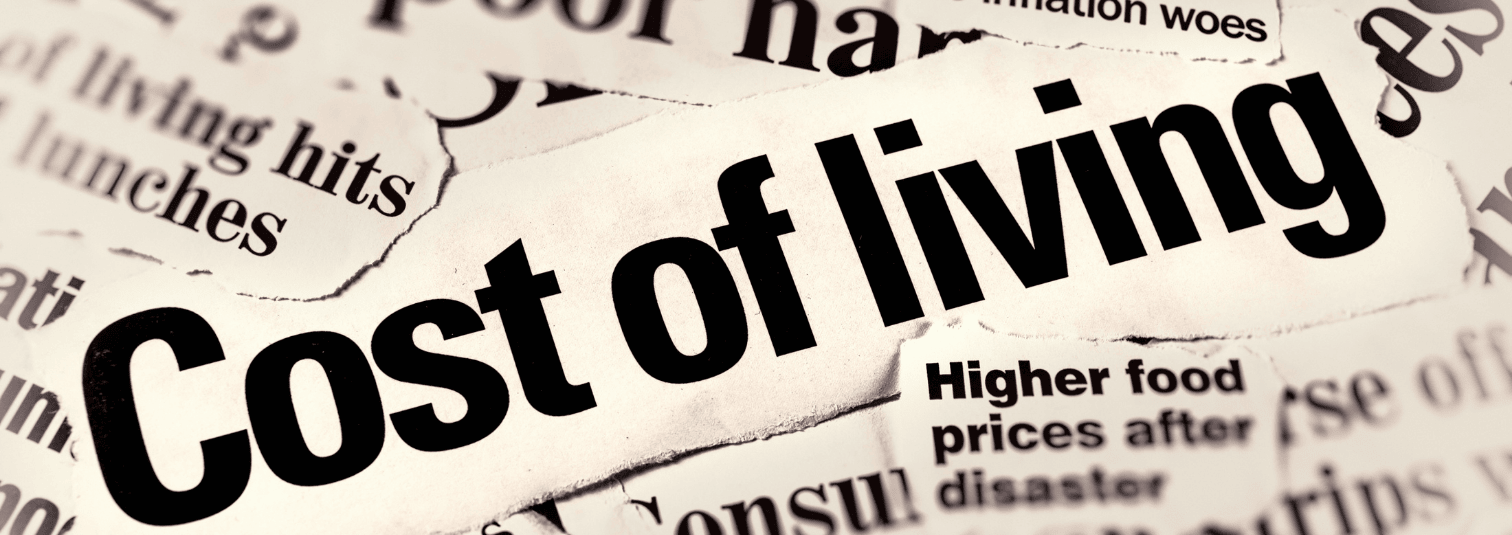
With the cost-of-living crisis continuing to bite and the latest government spending review offering limited immediate relief for households, many consumers are finding themselves forced into increasingly tough spending decisions. The government’s recent announcements—though aiming to support growth and productivity—offer little short-term comfort at the checkout. For most, it’s still a daily battle to balance rising bills with essential needs.
So where do brands stand in this landscape? Do shoppers switch entirely to own-label goods, or are there still trusted brands we’re unwilling to part with? (And no, not all own-brand products are secretly identical to their premium counterparts.)
Value has never mattered more—but crucially, how consumers define value has shifted. It’s no longer just about low prices. Value now includes longevity, ethics, rewards, and even the emotional resonance of a brand. For marketers, the challenge is acute: how do you stay competitive without eroding your brand’s perceived worth?
This pressure isn’t limited to the weekly shop. Consumers are weighing up broader lifestyle choices—family wellbeing, education, entertainment, and self-care—against a shrinking budget. In this climate, brands have a unique opportunity: not just to compete on price, but to add value in ways that genuinely support their customers.
That’s where thoughtful, targeted sales promotions come into play. Done well, they can maintain a product’s price point while giving consumers something meaningful in return—whether that’s a family day out they wouldn’t otherwise afford, cinema tickets, learning resources, or wellness perks. In doing so, brands move beyond transactions and become part of the solution.
So, will consumers choose the cheapest no-frills option—or a brand that recognises their struggle and gives something back in return?
I know where I’m putting what’s left of my money.